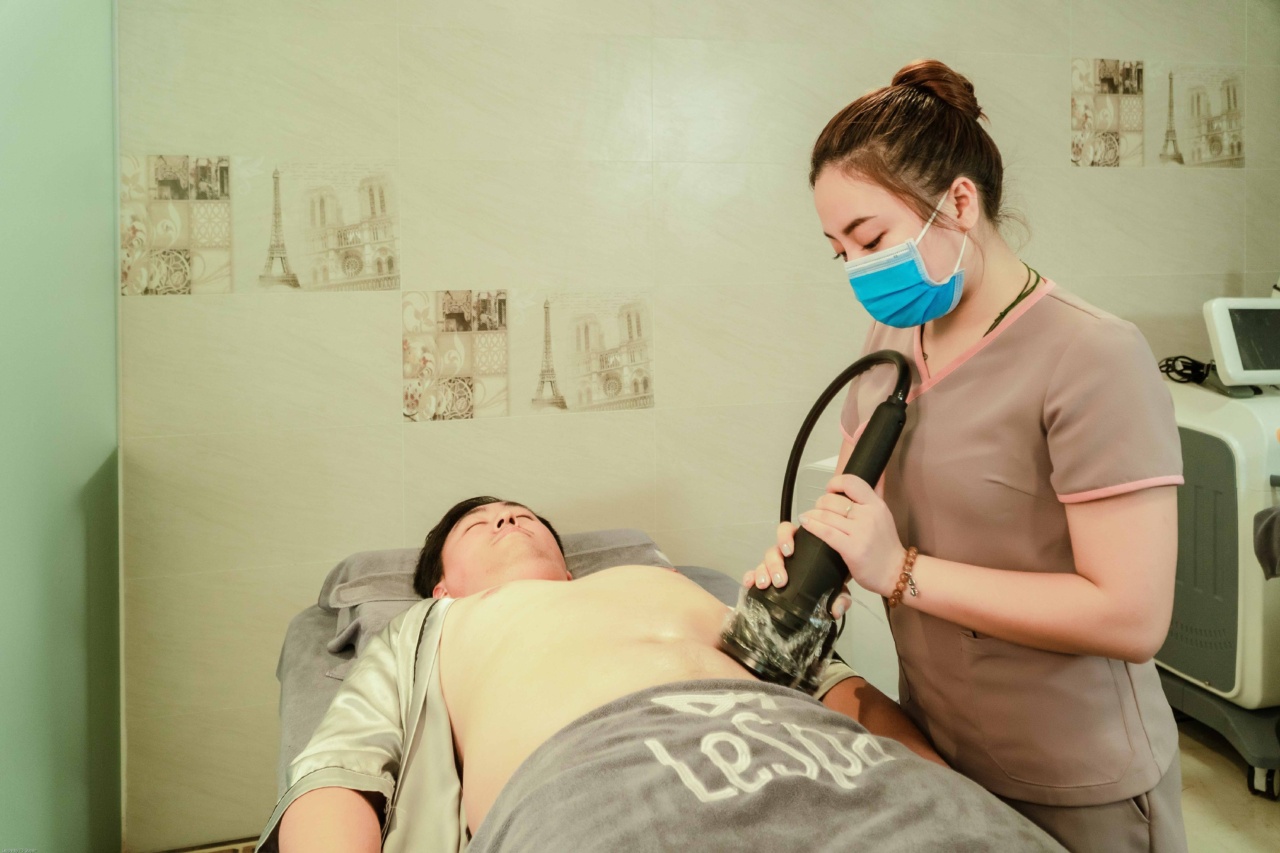Arrhythmia is a term used to describe an irregular heartbeat – a condition where the heart beats too fast, too slow, or with an abnormal rhythm. This can disrupt the normal functioning of the heart and lead to various health complications.
It is essential to understand the causes and available treatment options for arrhythmia in order to effectively manage and prevent further complications.
Causes of Arrhythmia
Arrhythmia can have various causes, including:.
1. Lifestyle Choices
Unhealthy lifestyle choices can contribute to the development of arrhythmia. Factors such as smoking, excessive alcohol consumption, and drug abuse can disrupt the electrical signals that control the heart rhythm.
These substances can also damage the heart muscles, leading to an increased risk of arrhythmia.
2. Underlying Medical Conditions
Several medical conditions can increase the risk of developing arrhythmia. These include:.
a) Hypertension (High Blood Pressure)
Elevated blood pressure can strain the heart and increase the risk of arrhythmia. The increased pressure on the heart can cause electrical abnormalities, leading to irregular heartbeats.
b) Coronary Artery Disease
Coronary artery disease occurs when the arteries that supply blood to the heart become narrow or blocked. This reduces blood flow to the heart, increasing the likelihood of arrhythmia.
c) Heart Valve Disorders
Malfunctioning heart valves can disrupt the blood flow in the heart, causing irregular heartbeats.
d) Congenital Heart Defects
Some individuals are born with structural abnormalities in their heart, such as holes in the heart walls or abnormal connections between vessels, which can lead to arrhythmia.
e) Thyroid Disorders
Imbalances in thyroid hormones can affect the heart rate and rhythm, potentially resulting in arrhythmia.
Diagnosis of Arrhythmia
Proper diagnosis of arrhythmia is crucial to determine the most appropriate course of treatment. The following diagnostic tests may be conducted:.
1. Electrocardiogram (ECG)
An ECG measures the electrical activity of the heart and can help identify abnormalities in heart rhythm.
This non-invasive procedure is painless and involves attaching electrodes to the chest, arms, and legs to record the heart’s electrical signals.
2. Holter Monitor
A Holter monitor is a portable ECG device that continuously records the heart’s electrical activity for 24-48 hours.
It provides a more detailed analysis of the heart’s rhythm during everyday activities and helps detect intermittent arrhythmias.
3. Event Monitor
An event monitor is similar to a Holter monitor but is typically used for longer periods. It can be worn for several weeks, allowing for the monitoring and recording of heart rhythm during specific events or symptoms.
4. Echocardiogram
An echocardiogram uses sound waves to create images of the heart’s structure and its functioning. It helps evaluate the heart’s pumping ability and identify any structural abnormalities that may be causing arrhythmia.
Treatment of Arrhythmia
The appropriate treatment for arrhythmia depends on its severity, symptoms, and underlying causes. The following treatment options are available:.
1. Medication
Medications may be prescribed to manage and control the irregular heart rhythm. These medications can help regulate the heart’s electrical signals, reduce the risk of blood clots, and alleviate symptoms associated with arrhythmia.
It is essential to follow the prescribed dosage and consult a healthcare professional for proper monitoring and adjustment of medications.
2. Cardioversion
Cardioversion is a procedure that can restore a normal heart rhythm by delivering a controlled electric shock to the heart. It is commonly used for atrial fibrillation and certain types of arrhythmia.
Cardioversion may be performed with medications to sedate the patient or under general anesthesia.
3. Catheter Ablation
In some cases, catheter ablation may be recommended. This procedure involves the use of catheters to deliver radiofrequency energy or extreme cold to destroy the heart tissue responsible for the abnormal heart rhythm.
It aims to reset the electrical pathways of the heart and restore normal heart rhythm.
4. Implantable Devices
Implantable devices, such as pacemakers and implantable cardioverter-defibrillators (ICDs), may be utilized to regulate and control heart rhythm. Pacemakers help maintain a regular heartbeat by sending electrical impulses to the heart when necessary.
ICDs monitor heart rhythm and deliver a shock to restore normal rhythm if a life-threatening arrhythmia is detected.
5. Lifestyle Changes
In addition to medical interventions, certain lifestyle modifications can significantly reduce the risk and impact of arrhythmia. These include:.
a) Quitting Smoking
Smoking damages the heart and blood vessels, increasing the risk of arrhythmia. Quitting smoking can aid in improving overall heart health and reducing the incidence of irregular heartbeats.
b) Limiting Alcohol Consumption
Excessive alcohol intake can disrupt the heart’s electrical signals and lead to arrhythmia. Limiting alcohol consumption or avoiding it altogether can help maintain a healthy heart rhythm.
c) Managing Stress
Chronic stress can contribute to the development of arrhythmia. Implementing stress management techniques, such as practicing yoga, meditation, or engaging in regular exercise, can help reduce stress levels and promote a healthy heart rhythm.
d) Regular Exercise
Engaging in regular physical activity, as advised by a healthcare professional, is beneficial for maintaining a healthy heart and reducing the risk of arrhythmia.
However, it is essential to avoid excessive strenuous exercise, especially if it triggers arrhythmia symptoms.
e) Following a Heart-Healthy Diet
A heart-healthy diet, rich in fruits, vegetables, whole grains, lean proteins, and low in saturated fats and processed foods, can contribute to overall heart health and reduce the risk of arrhythmia.
f) Regular Check-ups and Monitoring
Regular check-ups with a healthcare professional are essential for monitoring heart health and detecting any early signs of arrhythmia.
It is important to follow the recommended screening and check-up schedules to ensure timely intervention if required.
It is crucial to remember that arrhythmia is a serious condition that requires medical attention. It is always advisable to consult a healthcare professional for an accurate diagnosis and appropriate treatment plan.
By understanding the causes, getting timely medical intervention, and implementing necessary lifestyle changes, individuals with arrhythmia can effectively manage their condition and improve their overall quality of life.






























